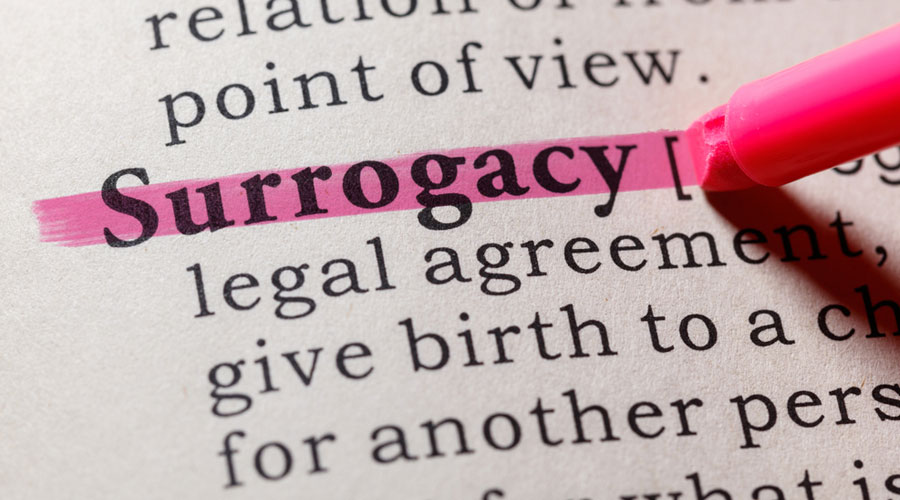Ever since Priyanka Chopra and Nick Jonas announced the arrival of their child through surrogacy, the world and the internet have suddenly woken up to a practice that always needed attention.
Much to my surprise and horror, nobody is talking about the process of surrogacy per se. The politics around surrogacy and its commercialization, at least the way the latter happens in India, is highly contested. The legal binding around the organized practice of surrogacy is exceptionally thin and the surrogacy (regulation) bill, 2016 is lying with Parliament.
Having worked with a leading non-governmental organization for a couple of years, I was immersed in the world of surrogacy in Gujarat for a substantial period of time. This offered me a glimpse into the plight of the surrogate mothers before, during and after the birthing process. Commercial surrogacy in India needs immediate legal attention. In the absence of legal bindings, women renting their wombs not only suffer from adverse social consequences but also face economic and livelihood challenges that worsen their material conditions.
India is one of the few countries in the world that allows commercial surrogacy in the form of gestational surrogacy. There are several loopholes in the legal binding of the system that render the entire process problematic for surrogate mothers. This also means that there is an organized system that meets the demand-supply chain of women as wombs and run profit-making businesses. These businesses often operate as part of the informal economy with little accountability from different stakeholders.
Anand, Surat and Jamnagar constitute the principal centres of the business and are mushrooming with clinics that ‘match’ surrogate mothers and commissioning parents. The clinics, however, stay out of the legal relationship between surrogates and parents. Because the surrogate mothers are almost always from poor backgrounds, their need for money is stronger while their legal rights are fewer. Some commissioning parents have the luxury of choosing to have a child through surrogacy but acute poverty and the denial of basic needs seldom leave surrogate mothers with the choice to opt for a less-exploitative arrangement. The discourse of choice is thus banal for it is dismissive of the reality of choice being severely conditional. The commissioning parents care and pay for the care of the woman renting her womb only till the baby is born. Most women who go for surrogacy insist on anonymity as a result of the social stigma attached to the quasi-pregnant status. The husbands of surrogates are often uncomfortable with their wives’ ‘occupation’. Women have been abandoned by their husbands and the families upon returning to their villages after delivering the baby. The Brahmanical notion of profanity of a woman’s body once her womb houses another man’s child is dismissive of scientific reasoning. Women renting their wombs for money are, therefore, severely stigmatized.
Everyday discussions on surrogacy must include the dark side of the system — bringing the interest of the surrogate mother into the popular domain of debate. Every time a celebrity couple announces the birth of their child through surrogacy, the internet needs to ask the following questions — was the surrogate mother given her due? Were the commissioning parents sensitive towards her economic and social needs? Are the surrogate mother’s legal rights protected?
Whether commercial surrogacy should be made illegal altogether is a bigger debate and in a typical Foucauldian fashion we can talk about how bodies are cages, but let us leave that discussion for another time. For now, let us start identifying the questions around surrogacy that deserve attention.
Amrita Datta is Marie Curie Fellow at the University of Siegen, Germany











